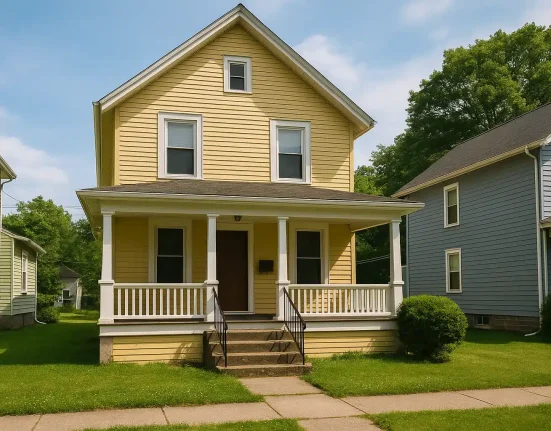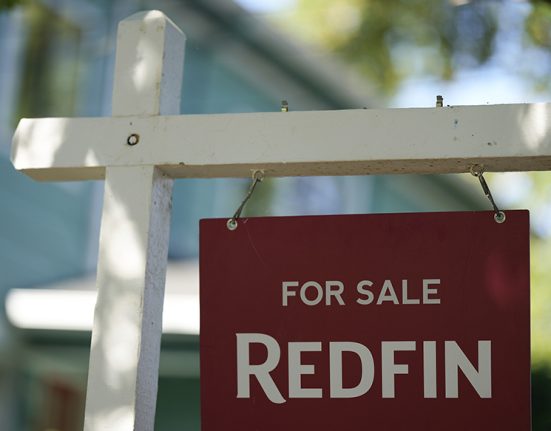Gaurav Mohta, chief marketing officer, HomeFirst Finance Company, doesn’t share the common perception about the headwinds India’s affordable housing companies are facing. The real housing gap, he says, sits squarely in the Rs 10–50 lakh bracket, especially in tier 2 and tier 3 cities, and that’s not going away.
Key headwinds for affordable housing finance
Mohta has a point, as affordable housing finance companies (AHFC) did show a robust 35-45% growth in their assets under management during FY15-24, according to a report by Elara Capital. Stock markets also rewarded these companies: most AHFC stocks have outperformed broader markets on an year-to-date basis. For example, India Shelter has surged 28%, Home First Finance 25%, Aadhar Housing Finance 23% and Aptus has gained 22%. In comparison, the Nifty Realty index has fallen 12%.
The party, however, may not last long as industry experts believe that things will start slowing down. While most big boys of real estate have already exited the segment due to poor returns and soaring cost of land and construction, AFHCs were holding on but is losing their grip somewhat.
Supply-Demand disconnect
The Elara report, titled `Past its Prime’ says AUM growth of AHFCs are likely to settle at 20-25% during FY25-28. Currently, the AHFC market size is Rs 13 lakh crore. Though not alarming yet, credit cost of AHFCs saw an uptick in the first quarter due to seasonality, particularly from self-employed customers and slow-down in growth during the quarter.
Aadhar Housing Finance, one of the largest affordable housing players, reported a credit cost of 41bps in Q1FY26 compared to 10 bps a quarter ago and 35 bps a year ago, while that of Aavas Financier inched up to 24bps compared to 17bps QoQ. Credit cost of Aptus Value rose to 38bps in Q1FY26 compared to 30bps QoQ. However, the lenders said that they do not worry about the higher credit cost at the moment.
“We understand the segment is slightly risky and the industry is also facing some asset quality pressure. Therefore, we are taking it very slowly and cautiously,” Tribhuwan Adhikari, MD & CEO, LIC Housing Finance, told FE earlier.
A joint report by industry body Assocham and rating agency CareEdge said that gross non-performing asset ratio (GNPA) is expected to increase to 1.6% from 1.4% a year ago, while credit is seen rising to 0.4% from 0.3%. “Improvement in the seasoning of the loan book will lead to some natural elevation in delinquencies. Policy initiatives, such as interest subsidies, will provide a fillip for the sector. However, higher delinquencies are visible for HFCs with a higher composition of self-employed borrowers,” the report said.
The other challenge faced by AHFCs is the competition from bigger players and banks. For example, PNB Housing Finance recently entered the affordable space and is still in the process of ramping up the portfolio.“If bigger players successfully establish a viable model, their access to low-cost funding could pose significant competition to existing affordable finance providers,” said Geeta Chainani, associate director- BFSI, CareEdge. She added that scaling operations in this segment may be challenging for incumbent prime financiers as it demands a larger on-ground presence and a distinct approach to credit appraisal and origination. “While demand remains strong, the supply side is constrained, with shrinking affordable housing projects launches. In tier-2 and tier-3 cities, self-constructed homes dominate the affordable housing landscape.” said Chainani.
Most AHFCs have the highest exposure to the self-employed category, which is driving the growth currently. On the other hand, affordable housing developers are shying away from the segment due to thin margins.
The silver lining is the impending reforms in goods and services tax. Housing loan financiers and industry players are of the view that it will be a slight relief for buyers as it will likely rationalise input costs and marginally reduce the cost of construction.








